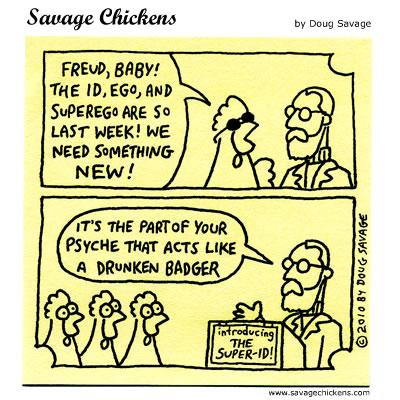The Intersection of Neuroscience and Art
Art and neuroscience may initially seem like disparate fields, but upon closer examination, they reveal a fascinating intersection where the complexities of the human mind and creative expression converge. Pioneers such as Sigmund Freud and Carl Jung delved into the depths of the unconscious, unraveling its mysteries and providing a foundation for understanding the relationship between art and the human psyche.
Freud, the father of psychoanalysis, viewed the unconscious as a reservoir of repressed desires and memories that shape our thoughts and actions. He believed that through the analysis of dreams and free association, one could access and gain insights into the unconscious mind. Freud stated, "Dreams are the royal road to the unconscious." This emphasis on the unconscious as a repository of hidden motivations and conflicts resonated deeply within the artistic community, inspiring artists to explore their own depths and translate their findings into their creations.
Jung, a student-turned-collaborator of Freud, diverged from his mentor's perspective on the unconscious. While he acknowledged the existence of the personal unconscious, he proposed the concept of the collective unconscious, a shared reservoir of archetypes and symbolic images that transcend individual experiences. Jung believed that these archetypes, such as the Self, the Shadow, the Anima, the Animus, and the Persona, formed the fundamental building blocks of the human psyche and influenced artistic expression.
In his book "The Spiritual Problem of Modern Man," Jung explored the struggle of individuals to find meaning and purpose in the modern world. He wrote, "Every advance in culture is, psychologically, an extension of consciousness." This notion of expanding consciousness resonates strongly with artists who seek to push the boundaries of their creativity and challenge societal norms through their work.
The band TOOL, which is my favorite band, is known for their introspective and thought-provoking lyrics, and draws inspiration from the works of Jung. In their song "Forty Six + 2," they delve into the concept of personal transformation and the evolution of consciousness. The lyrics, "My shadow's shedding skin and I've been picking scabs again" allude to the Jungian idea of the Shadow, representing the darker aspects of one's personality that must be acknowledged and integrated for personal growth.
 |
| The band TOOL. From left to right: Justin Chancellor (bass), Danny Carey (drums), Maynard James Keenan (vocals), Adam Jones (guitar) |
The artwork accompanying TOOL's albums, created by Alex Grey, further exemplifies the intersection of neuroscience and art. Grey, a visionary artist, explores mystical experiences and the interconnectedness of all things through his psychedelic-inspired artwork. His use of psychedelic substances as a source of inspiration mirrors the exploration of altered states of consciousness within neuroscience and artistic endeavors.
 |
| Alex Grey's cover art for the band TOOL's album "Lateralus" |
The fascinating relationship between neuroscience and art continues to evolve, providing insights into the depths of the human mind and the potential for transformative experiences. As Freud and Jung explored the unconscious and its influence on human behavior, artists like TOOL and Alex Grey incorporate these ideas into their creative works, provoking thought and challenging conventional perspectives.
Sources:
Freud, Sigmund. "The Interpretation of Dreams."
Jung, Carl. "The Spiritual Problem of Modern Man."
Tool. "Forty Six + 2" lyrics.
Marx, Karl. "Contribution to the Critique of Hegel’s Philosophy of Right."
Grey, Alex. "The Mission of Art."
The Atlantic, Aug. 2019. [URL: https://cdn.theatlantic.com/thumbor/zMv-9_ru-2uEFRFfLcGIdwG8jIo=/0x200:1920x1280/976x549/media/img/mt/2019/08/unnamed_16/original.jpg]
Image: Tool Dissectional. Alex Grey. Alex Grey Official Website, [URL: https://www.alexgrey.com/art-images/tool-dissectional-alex-grey-watermarked.jpg].
Image: Chicken Superid. Savage Chickens. Savage Chickens Official Website, [URL: https://www.savagechickens.com/images/chickensuperid.jpg].


Comments
Post a Comment